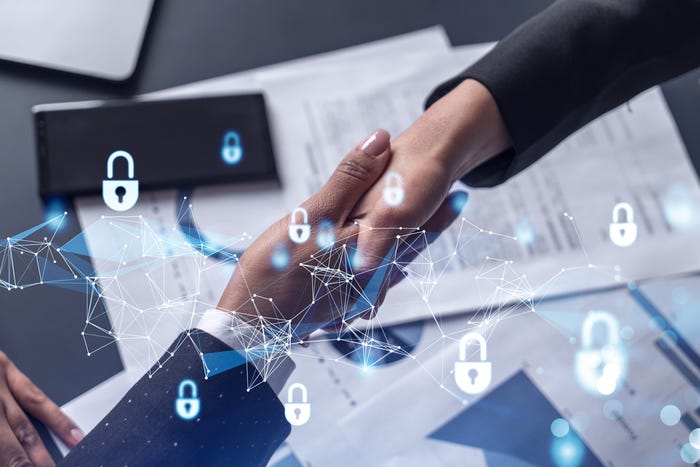Stellar Cyber, Acronis security partnership
Cybersecurity News
Stellar Cyber, Acronis Team to Beef Up MSPs' CybersecurityStellar Cyber, Acronis Team to Beef Up MSPs' Cybersecurity
MSPs can expect to see more from this partnership.

MSPs can expect to see more from this partnership.